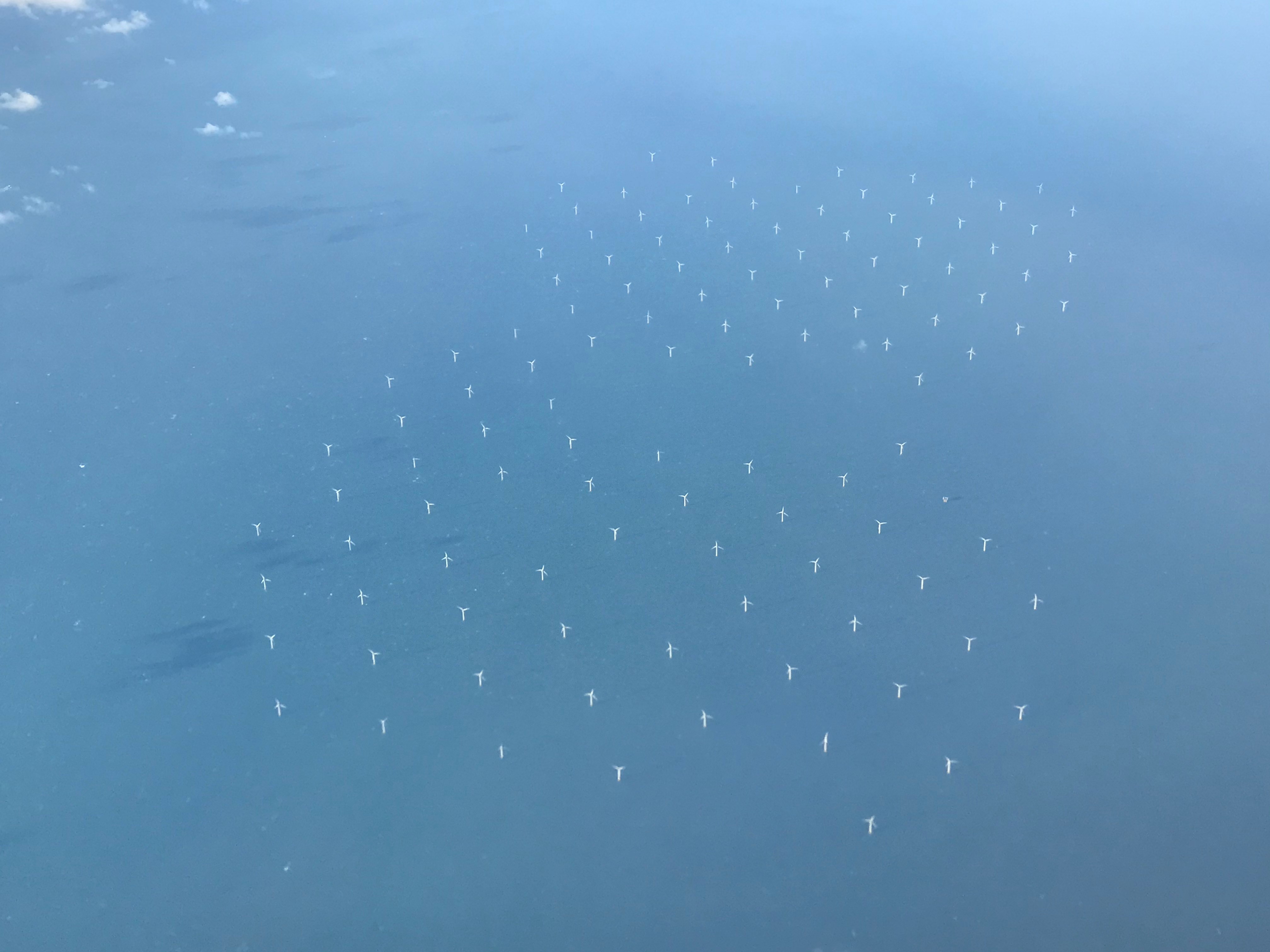 By Mike Burke, Head of Programme – Sustainable Development
By Mike Burke, Head of Programme – Sustainable Development
Natural England has just published several research reports to inform and support the sustainable development of offshore windfarms, contributing to economic growth and energy security. This package of research will provide evidence that supports the government’s vision for 50GW of offshore wind by 2030, including 5GW of floating wind as included in the British energy security strategy. Sound evidence applied early is key to enabling timely decision-making throughout the consenting process. It supports our vision of thriving marine and coastal nature alongside low impact offshore wind energy, tackling both climate and biodiversity emergencies as set out in Natural England’s Approach to Offshore Wind.
- We have researched how pathways to growth could be facilitated by Boosting offshore wind skills for environmental professions, improving learning and development for the future offshore wind work force, including Statutory Nature Conservation Bodies providing input to the development of university modules, case studies, field courses, Masters, PhDs, industry placements, internships and apprenticeships, and providing clear development and career paths.
- We have looked at Assessing the potential for offshore infrastructure as platforms for environmental monitoring including installing cameras and other environmental sensors on turbines to better understand the local wildlife and environmental conditions and how these might be changed by turbines, and discussed with industry to understand technical and logistical considerations of installation and retrofitting.
- Spatially, we have looked at 190 potential Future environmental scenarios for offshore wind expansion around the UK to facilitate early consideration of effects and possible mitigation or compensation to facilitate the right projects in the right place.
- Within Marine birds: vision-based wind turbine collision mitigation we reviewed the use of black and white patterns on turbines and blades considering how various bird species with differing visual capabilities can best detect them under a range of conditions at sea, and so avoid collisions.
- We commissioned an Assessment of compensatory measures for impacts of offshore windfarms on seabirds which assess scenarios for compensation to impacts on birds from collision, providing confidence values for a range of measures including artificial nesting structures, closure of fisheries, bycatch management, control of predation and creation of marine reserves.
- We completed a Spatial assessment of benthic compensatory habitats for offshore wind farm impacts, considering 51 seabed habitats which have a similar or identical ecological function and ecosystem service, and mapping their range or range of close equivalent substitutes.
- With the expansion in offshore wind there will also be an increase in subsea cabling activities. Natural England and JNCC have jointly developed, in collaboration with European Subsea Cable Association Nature conservation considerations and environmental best practice for subsea cables for English Inshore and UK offshore waters. The report identifies the main pressures, sensitive habitats, and best practice during development. This is a live document which will be periodically updated and is published on the environmental considerations for offshore wind and cable projects SharePoint Online site, which also hosts Offshore Wind Marine Environmental Assessments: Best Practice advice for Evidence and Data Standards. Please note, for non-Defra staff, access to the SharePoint site needs to be requested from neoffshorewindstrategicsolutions@naturalengland.org.uk. and may take a few days to process.
If you have any questions and comments in relation to the reports, you can contact us on the above address.